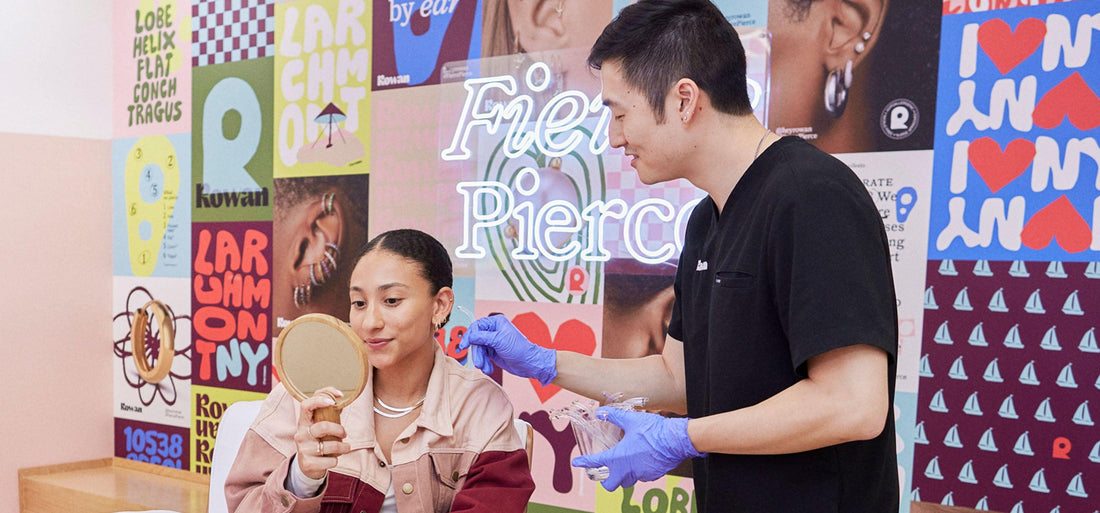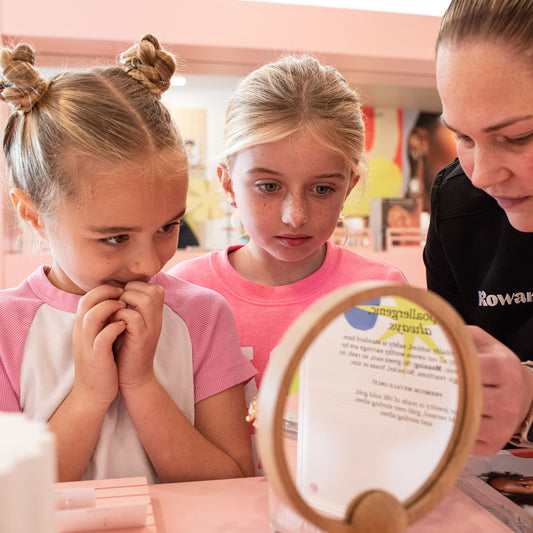Understanding Factors Affecting Ear Piercing Pain

Understanding Factors Affecting Ear Piercing Pain
Welcome to a deep dive into the world of ear piercing pain. Whether you're contemplating your first piercing or are a seasoned pro, understanding what contributes to the pain can transform your experience. This article, brought to you by Rowan, aims to shed light on various factors that influence ear piercing discomfort and how to manage it effectively.
What Affects Ear Piercing Pain?
Individual Pain Tolerance
Pain tolerance varies significantly among individuals. Some might breeze through their piercing session, while others may find it more challenging. Knowing your pain threshold can help you prepare mentally and physically for the process.
If you are someone with a low pain tolerance, breathing exercises, meditation, and distraction are great methods for helping you have a comfortable experience getting pierced. Practice breathing in through your nose and out through your mouth with your eyes closed, and feel free to bring a friend to talk, or even better, hold your hand during your appointment.
Regardless of your pain threshold, you want to set yourself up for success by coming in well-rested and having eaten a good meal before your appointment.
Piercing Location
The location of your piercing on the ear plays a crucial role in determining the level of discomfort. The lobe is generally thought to be the least painful location to get pierced, whereas the tragus can be more uncomfortable. Everyone’s experience is different, but in general, the thicker the cartilage, the more discomfort you may experience.
Pain Management Strategies for Piercings
Managing pain is a key aspect of a positive ear-piercing experience, and different ages may require different approaches. Check out our page for tips on Ear Piercing for Babies Without Pain (and we have a blog to help your child manage pain after their piercing).
Distraction works wonders for all ages, adults included! Having a friend nearby or scrolling social media can take your mind off of the procedure. Breathing exercises are also great (tip breath in through your nose and out through your mouth forcefully as the piercing takes place). Numbing cream, however, is not recommended. Unfortunately, it does not do much to numb the ear, and you will still feel the piercing happening.
Proper Aftercare
Following your individual aftercare instructions is critical to ensuring a smooth healing process. In addition to these instructions, it can be helpful to use an ear piercing pillow if you are a side sleeper.
The key to a healthy happy piercing is keeping bacteria away from your piercing. Some ways to do this include changing out your pillow case every other night (sleep on one side the first night, then flip it to the other side on night two). If you are using a piercing pillow, use an oversized shirt or pillow case, being sure to compress it in the center cutout and switch it out every other day.
Other ways to keep bacteria away from your piercing include never going to sleep with wet hair, and avoid touching your piercing at all. (If you have to touch your piercing, wash your hand thoroughly with antibacterial soap beforehand.)
Conclusion
Whether you are getting your first or your tenth piercing, understanding and managing ear piercing pain is crucial for a comfortable and positive experience. With these tips and tricks, you can expect to reduce your ear piercing pain as you enjoy having your ear blinged out.



